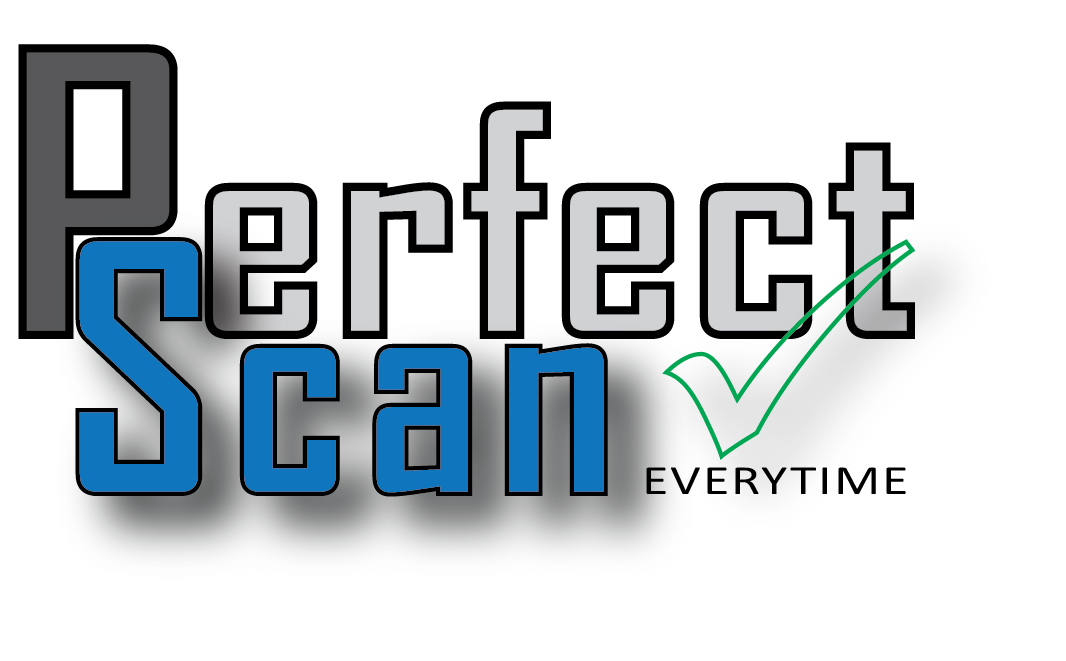WHAT MAKES PERFECTSCAN® DIFFERENT?
There have been many attempts at perfecting analog-to-digital image enhancement. Traditional techniques are applied at either the pixel or local level. These techniques span from the use of morphological operators to reduce speckle, fill small holes and smooth edges, to the use of some forms of dynamic thresholding. Although these techniques improve some images, they largely fail when there are many different shading areas, uniform backgrounds or text on dark backgrounds.
PerfectScan® is a unique image enhancement solution that has been acknowledged as the best in the industry. Dynamic Computing Solutions (DCS) knows that this is a bold statement, and we invite you to compare for yourself.
PerfectScan® has been developed based on the early visual path processing and recognition models found in the human visual system. Instead of processing an image at the pixel level, PerfectScan® takes it further and analyzes the entire image using a set of cognitive-based algorithms. These neural-inspired algorithms are tuned specifically to reduce noise, achieve perfect gamma correction, and obtain optimal image clarity. The end result is an output image that was never before thought possible.
Designed with a flexible and customer friendly approach in mind, PerfectScan® can work with virtually any capture devices (scanners, cameras, mobile devices …) that are capable of producing gray-scale and/or color images. These scanners do not have to be certified by PerfectScan®. In addition to document imaging, PerfectScan® is also proven to be exceptionally effective with micro-film/fiche scanned images. Please contact us for more detail.
PERFORMANCE AND PORTABILITY OF PERFECTSCAN®
PerfectScan® can be deployed as a stand-alone program, as a plug-in module in an image capture suite, or as software APIs that can be used in customers’ in-house applications. Written in standard C/C++, the code has been highly optimized to achieve high throughput, and can be compiled in different platforms such as Windows, Linux, and Mac OSX. ARM support is planned in the near future.
Using a computer system equipped with a 3nd generation Intel I7 processor, PerfectScan® can process 200 and 300 DPI letter-size images at 250 msec and 675 msec, respectively. It can also be put on a chip (ASIC or FPGA) for a tighter integration and optimal performance.
ABOUT NOISES IN DIGITAL IMAGES

Noise is introduced into document images through either the conversion process or damages to the physical documents itself. Noise can be viewed as coherent or incoherent with the underlying document content.
Incoherent noise. Ink splotches, salt-and-pepper, stray marks, and marginal noise are representative of the incoherent noise (with respect to the content). Since this type of noise shows a consistent behavior, it is easier to detect and separate the noise from the content. Foxing, for example, can be classified as incoherent as it has nothing to do with content. It can also be classified as coherent, as there is no known systematic approach to separate it from the content.
Coherent noise. This type of noise occurs when the spatial frequency domain of the image cannot be suppressed without prior knowledge of the content. Blur, pixel-shift and bleed-through are examples of this type of noise. As the noise does not adhere to a consistent shape, position or size and tends to interact with text in the foreground in irregular ways, it is comparatively more difficult to remove.
Image imperfection may be caused by several sources:
- Lighting variation. It is caused by uneven illumination and the shape and orientation of the page relative to the light source.
- Optical Blurring. There are two main sources of blur. The first is lens imperfections or aberrations. The second is displacement between the sensor array and the focal plane.
- Quantification. Light is integrated over small rectangles into pixels whose area determines the level of quantization. Therefore, the adversary effect of quantification is inversely proportional to the number of pixels in the sensor array, or the resolution of the captured image.

